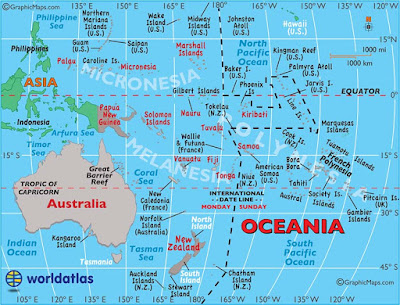All About Mercury...
Mercury is the smallest planet in our solar system.
It’s just a little bigger than Earth’s moon.
It is the closest planet to the sun, but it’s actually not the hottest. Venus is hotter.
Its orbital period around the Sun of 87.97 days is the shortest of all the planets in the Solar System. It is named after the Roman deity Mercury, the messenger of the gods.
Mercury is gravitationally locked with the Sun in a 3:2 spin-orbit resonance,and rotates in a way that is unique in the Solar System. As seen relative to the fixed stars, it rotates on its axis exactly three times for every two revolutions it makes around the Sun.
Mercury's axis has the smallest tilt of any of the Solar System's planets (about 1⁄30 degree).
Mercury's distance from the Sun is only about two-thirds (or 66%) of its distance at aphelion. Mercury's surface appears heavily cratered and is similar in appearance to the Moon's, indicating that it has been geologically inactive for billions of years.
Two spacecraft have visited Mercury: Mariner 10 flew by in 1974 and 1975; and MESSENGER, launched in 2004, orbited Mercury over 4,000 times in four years before exhausting its fuel and crashing into the planet's surface on April 30, 2015.
Mercury's crust is estimated to be 35 km thick.
Geologists estimate that Mercury's core occupies about 55% of its volume; for Earth this proportion is 17%.
The surface temperature of Mercury ranges from 100 K to 700 K at the most extreme places: 0°N, 0°W, or 180°W. It never rises above 180 K at the poles, due to the absence of an atmosphere and a steep temperature gradient between the equator and the poles.
The subsolar point reaches about 700 K during perihelion (0°W or 180°W), but only 550 K at aphelion (90° or 270°W).On the dark side of the planet, temperatures average 110 K. The intensity of sunlight on Mercury's surface ranges between 4.59 and 10.61 times the solar constant (1,370 W·m−2).
Although the daylight temperature at the surface of Mercury is generally extremely high, observations strongly suggest that ice (frozen water) exists on Mercury.
Despite its small size and slow 59-day-long rotation, Mercury has a significant, and apparently global, magnetic field.
Mercury has the most eccentric orbit of all the planets; its eccentricity is 0.21 with its distance from the Sun ranging from 46,000,000 to 70,000,000 km (29,000,000 to 43,000,000 mi). It takes 87.969 Earth days to complete an orbit.




Comments
Post a Comment